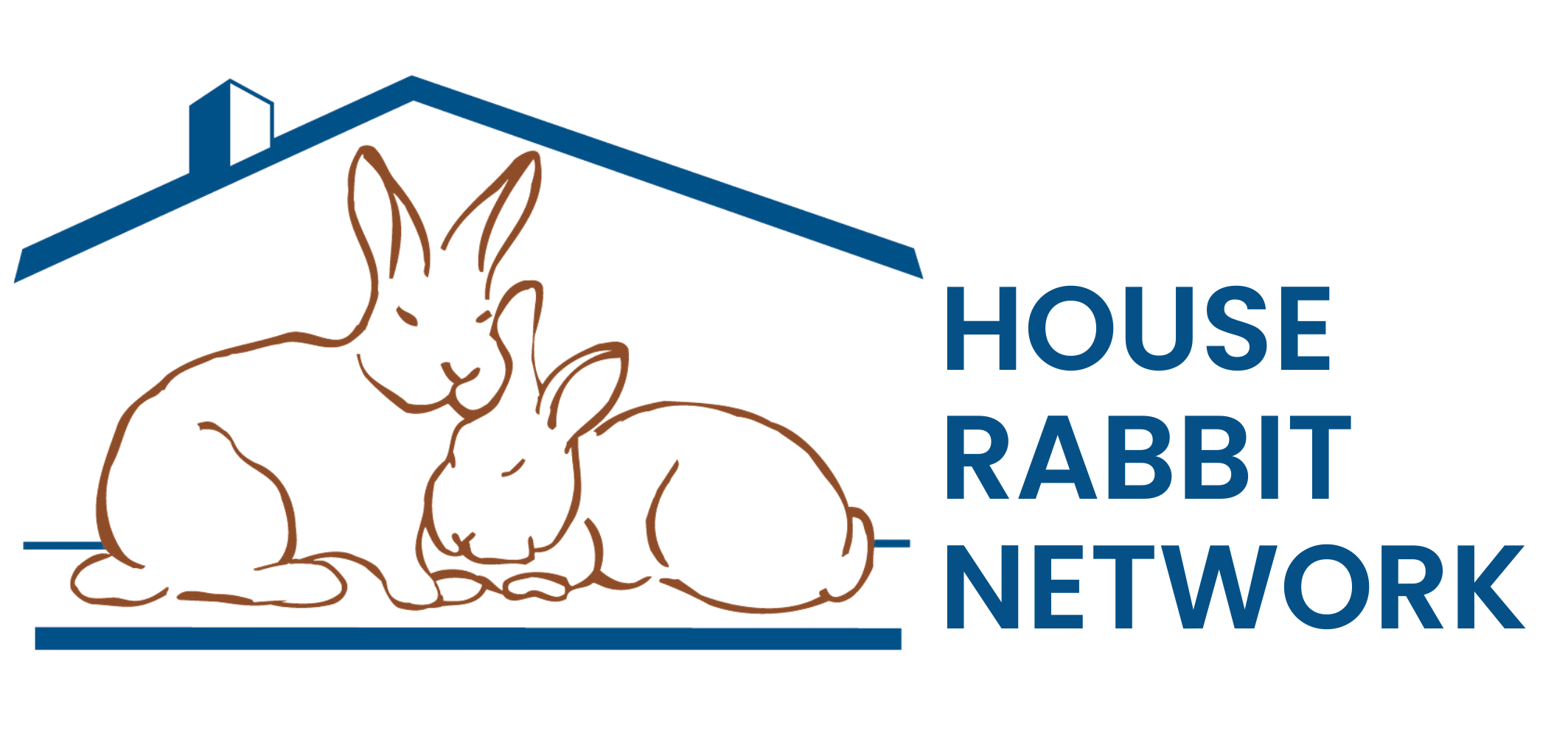RHD Fact Sheet
Quick Facts:
- Known as RHD (Rabbit Hemorrhagic Disease), RCD (Rabbit Calicivirus Disease) or VHD
(Viral Hemorrhagic Disease)
- It is a highly infectious viral disease that can infect domestic rabbits.
- It is not known to effect humans or other animals, including cottontails
and jackrabbits.
Incubation:
- The incubation period is approximately 24 to 48 hours after exposure.
Transmission:
- This virus can be transmitted by contact with infected rabbits, rabbit products
(including pelts and
carcasses), contaminated clothing, cages, and feeders. - Infected rabbits that may recover become carriers and can shed virus for
at least 4 weeks. - The virus can survive on inanimate objects for up to 3 weeks.
Symptoms:
Young and adult rabbits can die suddenly within 6 – 24 hours of onset of
fever with few clinical signs.
Symptoms may include: –
- high temperature (2-4 degrees over the
normal temp) - difficulty breathing, lethargy, lack of appetite
- bleeding from nose/rectum/mouth
- foamy nasal discharge
- neurologic signs (excitement, lack of coordination, and
abnormal head position due to spasms of neck muscles.) - The virus can damage the liver, intestines, lymphatic tissue and causes
terminal massive blood clots.
Treatment:
- There is no treatment currently available; death rate can range from 50 –
100 percent in exposed rabbits.
Prevention:
- There is currently no vaccine legally available in the United
States. - Be cautious and quarantine new rabbits and rabbits coming back from shows
for at least 5 days. - If exposure to the virus is suspected, thoroughly clean then disinfect
all housing and equipment.
Disinfectant solutions to inactivate the virus:
- A solution of 10-percent household bleach (exposed a minimum of 10
minutes) - 2-percent 1 Stroke Environ (Steris Corporation, St. Louis, Missouri)
- 0.5-percent sodium
If you suspect RHD:
- A necropsy should be done on any rabbit that dies suspiciously
or showed RHD clinical signs.
- Veterinarians and rabbit owners who suspect that a rabbit has this virus
should immediately contact
their MA State Veterinarian, https://www.mass.gov/reportable-animal-disease-program
at 617-626-1791 or Federal animal health
authorities.
|
US Dept. of Ag, Animal and Plant Health Inspection Veterinary Services, Emergency Programs |
Information from the APHIS |
|
| Reference – DiGiacomo, R. and Mare, C. (1994). Viral Diseases In “The Biology of the Laboratory Rabbit.” 2nd Edition ( P. Manning, D. Ringler, C. Newcomer eds.) pp 193-195. |
